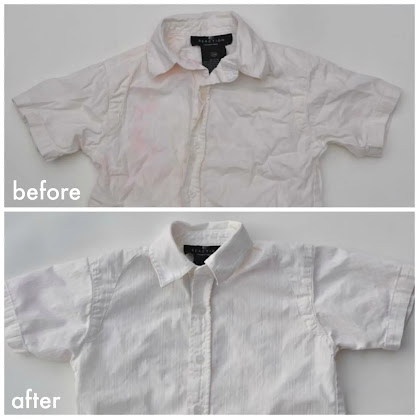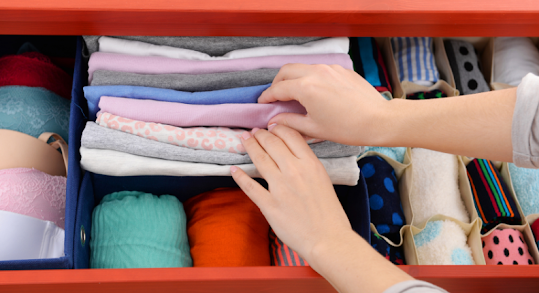Stain Busters: How to Remove Common Stains from Clothes
.jpg)
Stains are inevitable, but they don't have to be permanent. With the right techniques, you can remove common stains and keep your clothes looking fresh and clean. Here are some effective methods for tackling various types of stains: 1. Coffee Stains Blot the stain immediately with a clean cloth to absorb as much liquid as possible. Mix one tablespoon of white vinegar, one tablespoon of liquid dish soap, and two cups of warm water. Apply the solution to the stain with a clean cloth, blotting gently until the stain lifts. 2. Grass Stains Apply a mixture of one part white vinegar to two parts water directly to the stain. Rub the solution in with a soft brush and let it sit for 15 minutes before rinsing with cold water. Wash as usual. 3. Red Wine Stains Blot the stain with a clean cloth to remove excess wine. Sprinkle salt over the stain to absorb the wine. After a few minutes, rinse with cold water and apply a mixture of equal parts hydrogen peroxide and dish soap. Let it sit for 30 ...
.jpg)
.jpg)
.jpg)
.jpg)
.png)


.jpg)

.jpg)
.jpg)




.jpg)


